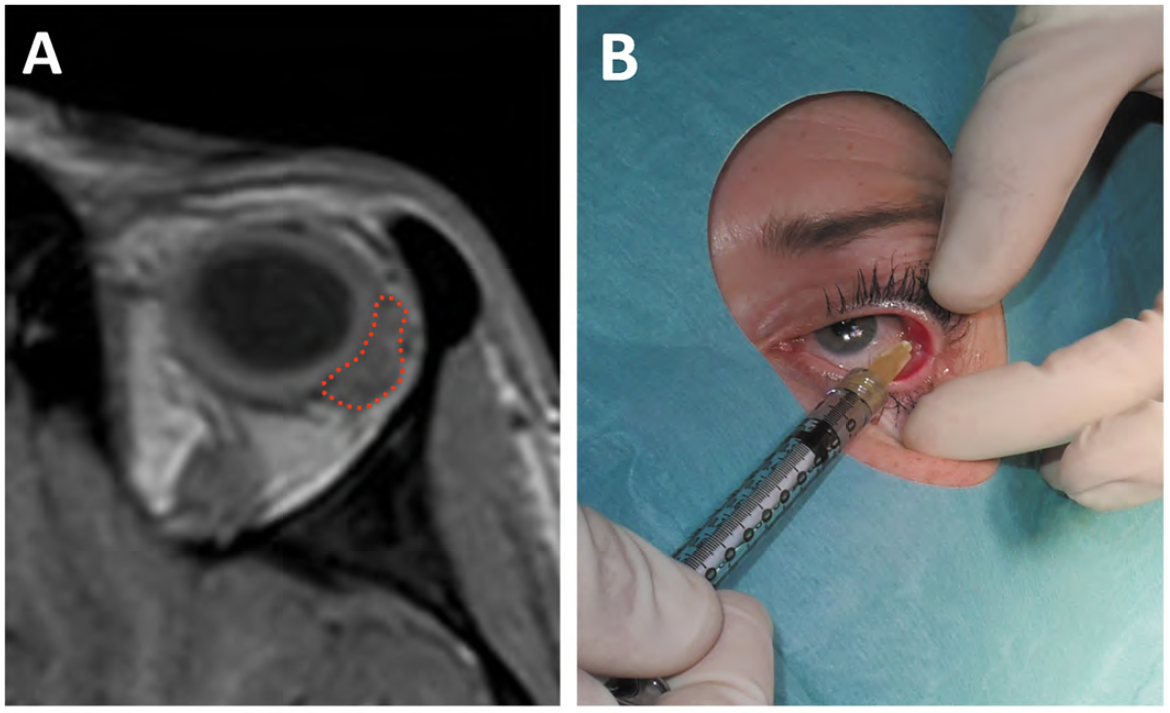Stem Cells for Corneal Disease
Early trials highlight promise of stem cells in treating dry eye disease. Dermot McGrath reports from the 39th Congress of the ESCRS in Amsterdam.

Dermot McGrath
Published: Tuesday, February 1, 2022

Early trials highlight promise of stem cells in treating dry eye disease. Dermot McGrath reports from the 39th Congress of the ESCRS in Amsterdam.

Published: Tuesday, February 1, 2022
